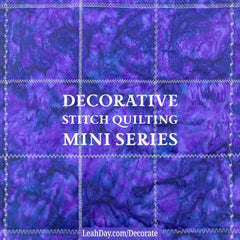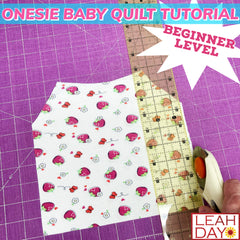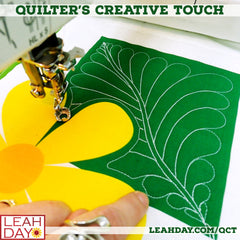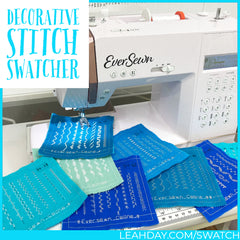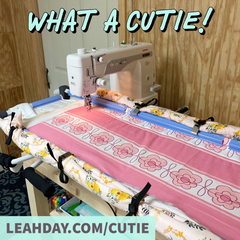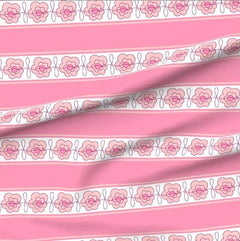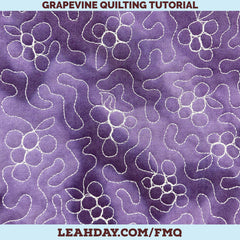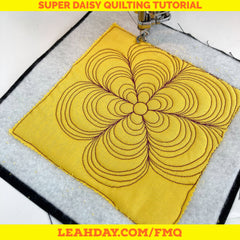There are two ways to quilt a quilt - w alking foot quilting and free motion quilting. In this article and video, you'll learn the basics of walking foot style quilting and how to get started quilting your quilts with this fun, easy method.
alking foot quilting and free motion quilting. In this article and video, you'll learn the basics of walking foot style quilting and how to get started quilting your quilts with this fun, easy method.
Did you know I've written a book on walking foot quilting? Click Here to check out Explore Walking Foot Quilting with Leah Day.
A walking foot is also often called an "even feed" foot because it's designed to evenly feed the multiple layers of a quilt through your machine. Special teeth on the bottom of the walking foot grip the surface of the quilt, mimicking the motion your feed dogs make underneath.
This dual action feeding means the layers of the quilt will slide smoothly under the needle without bunching or pleating as you quilt. The size of your stitches will remain perfectly consistent because you're using your machine to do the feeding. Whatever settings you select on your machine, your walking foot will stitch on your quilt.Let's learn the basics of walking foot quilting while quilting straight lines in a T-Shirt block:
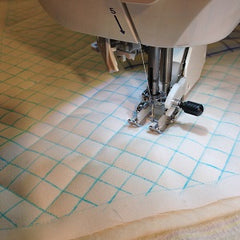 As you can see, walking foot quilting is all about letting the foot do the work for you!
As you can see, walking foot quilting is all about letting the foot do the work for you!
There are a few limitations to walking foot quilting. Because the foot uses your machines directional feed dogs, it only has the ability to quilt in two directions - straight forward, or in reverse.
This means that quilting with a walking foot will always require you to shift the quilt so the walking foot is moving forward through the path you wish to take. Every time you change directions, you'll need to shift and rotate the quilt so it faces the correct direction for you to keep quilting.
Whenever you shift and rotate your quilt, just make sure your needle is in the down position so you don't end up shifting the quilt out of place.
Another limitation of walking foot style quilting is the range of movements and designs you are able to stitch. Straight and gently curved lines are no problem for a walking foot, but if you are seeing a more complex design, you'll need to learn more about free motion quilting instead.
To learn more about walking foot quilting, I challenged myself to quilt all the blocks of my t-shirt quilts with a combination of walking foot and free motion quilting. I shared the following tutorials so you can learn how to quilt these easy designs with your walking foot too!







